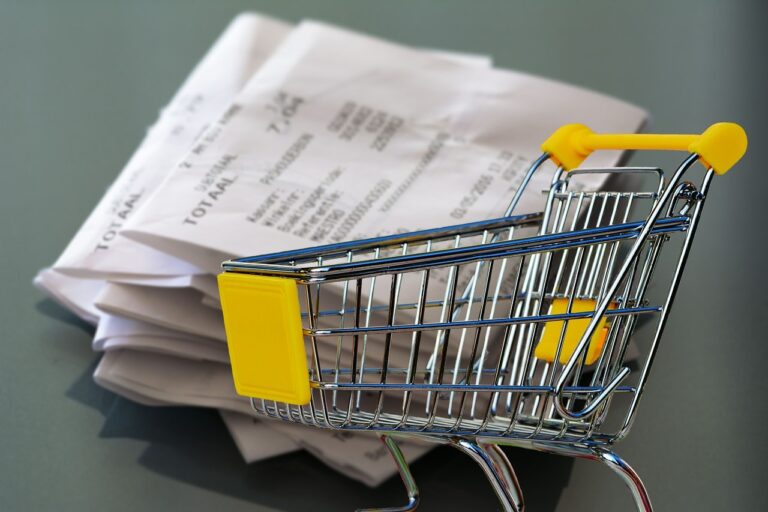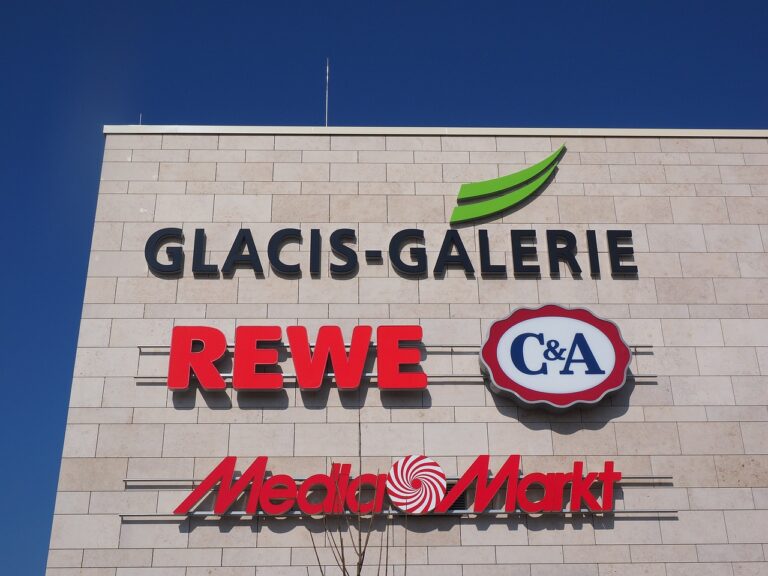The Evolution of Retail Design: Creating Immersive Shopping Environments
Retail design has undergone a significant transformation over the years. From the traditional small, cluttered stores to the contemporary spacious, aesthetically pleasing ones, the evolution is evident. These changes have been influenced by various factors such as consumer behavior, technological advancements, and the need for differentiation in a competitive market.
The focus has shifted from mere functional spaces to creating immersive brand experiences for customers. Retailers have recognized the importance of creating unique, memorable environments that engage consumers on multiple levels. With the rise of e-commerce, physical stores have had to adapt by offering something beyond just products – an experience that cannot be replicated online.
Origins of Retail Spaces
Retail spaces have a long history dating back to ancient civilizations, where markets served as the primary venues for trade. In Mesopotamia, bazaars were often bustling with merchants and customers exchanging goods. Similarly, in ancient Greece, the agora functioned as a central marketplace, fostering social interactions and economic transactions.
Fast forward to medieval Europe, and we see the emergence of market squares where vendors would gather to sell their wares to the local community. These open-air markets were the predecessors to the modern retail spaces we are familiar with today. Over time, these humble beginnings evolved into the diverse array of retail environments that cater to different consumer needs and preferences.
Innovations in Store Layouts
In the realm of retail design, store layouts play a crucial role in shaping the customer’s shopping experience. Modern innovations in store layouts have revolutionized the way businesses interact with consumers, focusing on creating an immersive and seamless environment to enhance the overall shopping journey. With advancements in technology and changing consumer behavior, retailers are constantly exploring new ways to optimize their store layouts to meet the evolving needs of their customers.
One prevalent innovation in store layouts is the adoption of open floor plans that promote a sense of spaciousness and connectivity within the store. By eliminating claustrophobic aisles and barriers, retailers are able to create a more inviting and free-flowing environment that encourages customers to explore different products and engage with the space. This design approach not only enhances the visual appeal of the store but also allows for better navigation and more opportunities for product discovery, ultimately leading to an improved shopping experience for patrons.
• Open floor plans promote a sense of spaciousness and connectivity within the store
• Eliminating claustrophobic aisles and barriers creates a more inviting environment
• Encourages customers to explore different products and engage with the space
• Enhances visual appeal of the store
• Allows for better navigation and more opportunities for product discovery
What are some key factors that have influenced the evolution of retail design?
Some key factors that have influenced the evolution of retail design include changing consumer preferences, advancements in technology, and the need for personalized shopping experiences.
How have retail spaces evolved over time?
Retail spaces have evolved from simple storefronts to more complex layouts that focus on creating immersive and engaging experiences for customers.
What are some innovative store layouts that retailers are implementing?
Retailers are implementing innovative store layouts such as experiential retail spaces, pop-up shops, and mobile checkout options to enhance the shopping experience for customers.
How do retail design innovations impact the overall shopping experience?
Retail design innovations can impact the overall shopping experience by creating a more visually appealing environment, improving navigation within the store, and incorporating technology to streamline the shopping process.
What role does technology play in shaping modern store layouts?
Technology plays a significant role in shaping modern store layouts by enabling retailers to incorporate interactive displays, digital signage, and data analytics to enhance the overall shopping experience for customers.







